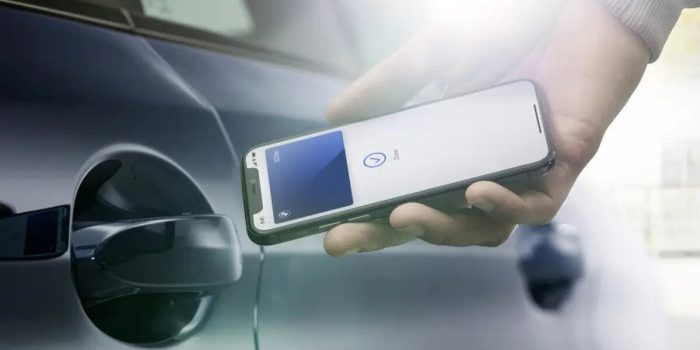The emergence of an issue among BMW owners who experienced disruptions in their iPhone 15s due to wireless charging within their vehicles became a point of concern. The problem revolved around the disabling of NFC chips when using the charging pad, leading to failures in Apple Pay and digital car key functionalities. Users feared potential damage from the heat generated during charging, particularly noticeable in the more powerful iPhone 15 Pro models.
The response to this problem was swift as Apple and BMW collaborated on a solution. The release of iOS 17.1.1 aimed to address this issue by reinstating NFC services and preventing further glitches during induction charging, specifically in “certain cars,” as noted in the patch release details. This development signified a positive outcome, alleviating worries about potential damage caused by BMW’s charging hardware. The swift resolution through a software update underscored the agility and responsiveness of tech companies in addressing user concerns.

However, it also brought attention to the inefficiencies of wireless charging, particularly within cars, compared to more robust charging solutions available for homes. The inconsistency in performance across different car models became evident, with older models like the Ford Fiesta ST relying on traditional USB-to-Lightning cables due to their lack of wireless support.
While wireless charging offers convenience, the trade-off in efficiency and performance, especially during high-demand usage like CarPlay and simultaneous Bluetooth connections, often leads to slower charging rates and potential battery drain. The software update promised enhanced compatibility between the iPhone 15 series and specific vehicles like BMW and Toyota GR Supra, ensuring the restoration of seamless functionality—albeit acknowledging the evolving nature of technology, where future updates might introduce new challenges.

This situation highlighted the delicate balance between convenience and functionality in the rapidly evolving landscape of tech integration within vehicles. The collaborative efforts of companies like Apple and BMW to swiftly address user issues also underscored the importance of ongoing advancements in both software and hardware to maintain seamless user experiences in the automotive tech sphere.


